Transition to clean cooking is necessary for protecting the health and lives of the 2.7 billion people who suffer from the health and environmental impacts of existing cooking practices. As cooking is typically a task that women engage in, understanding the barriers to and opportunities of a transition to electric cooking from a woman’s perspective will expand our understanding of the uptake and use of electric cooking appliances. Taking a gender perspective, we look at how decision-making around purchase and use is distributed across the sexes and how access to resources and aspirations influence the adoption of electric cooking by disaggregating between men and women as both customers and users of electric cooking appliances.
This report presents the findings of a research study that was performed in Nepal. It offers insights into how gender issues and gender norms influence electric cooking uptake by broadly exploring gender perspectives based on user experience with electric cooking in Nepal. The study was set up to identify key gender issues and explore opportunities for improving the gender-responsiveness of the projects and programmes on electric cooking, as well as for building insights for future gender-responsive research and data collection on electric cooking. This report brings together evidence and synthesises findings with a focus on gender issues and gendered differences in the uptake, use, and benefits of electric cooking.
This study looks at both induction stove and rice cooker as the main electric cooking appliances in Nepali households. The induction stove programme in the Temal municipality, Kavre district was central to the study.
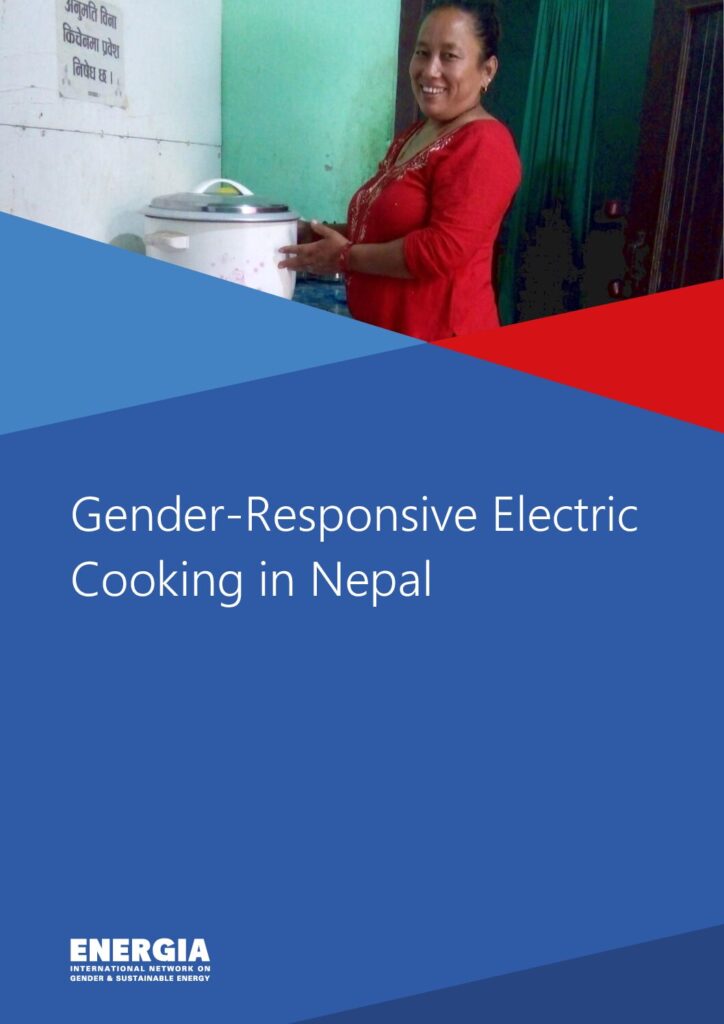

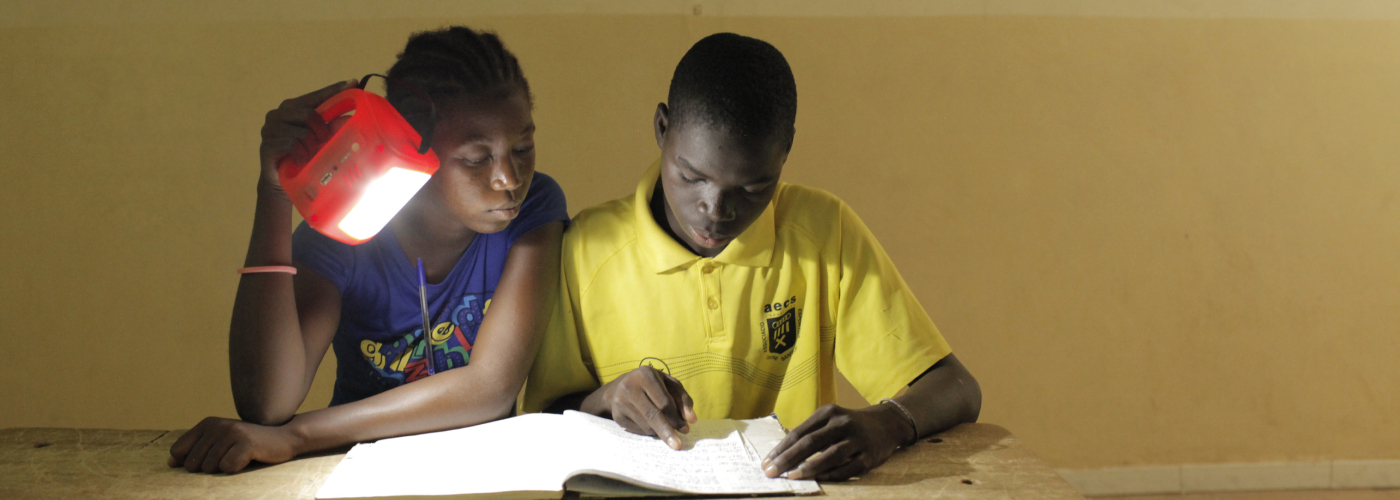




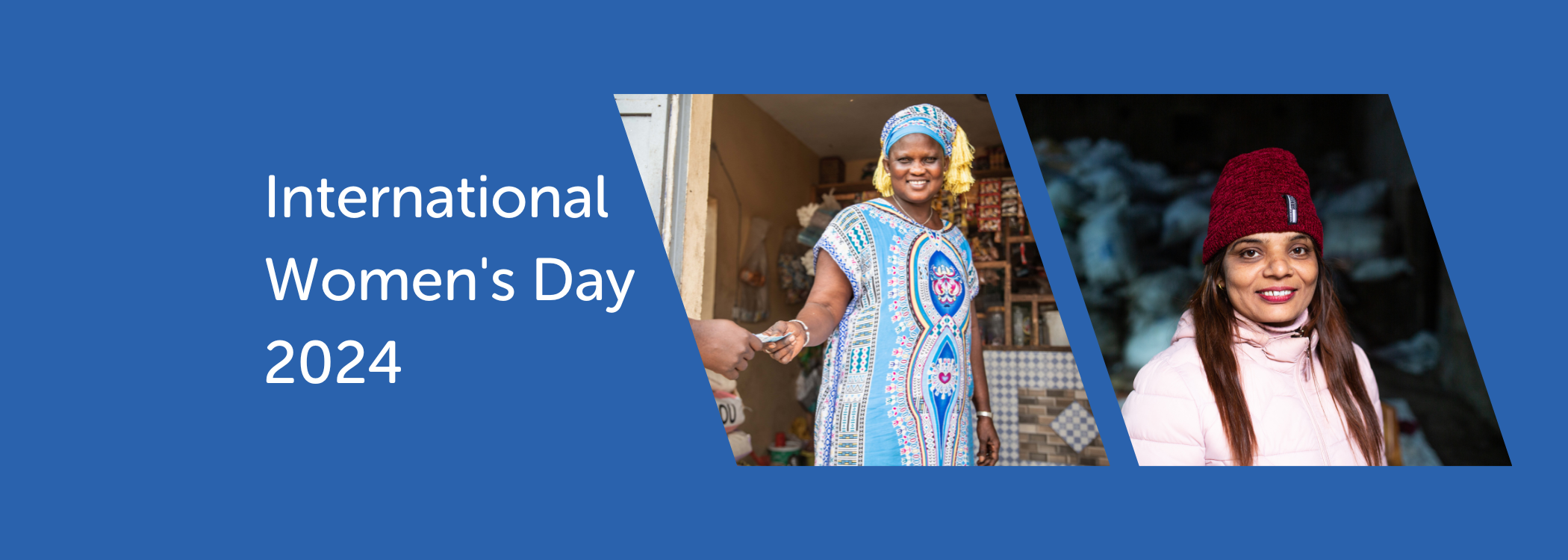


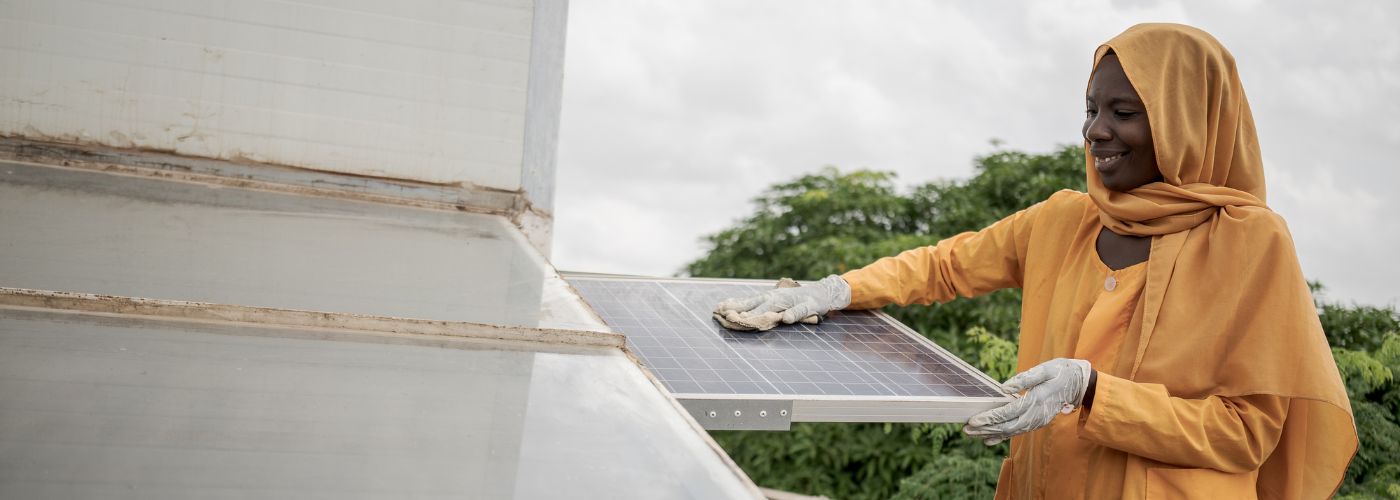
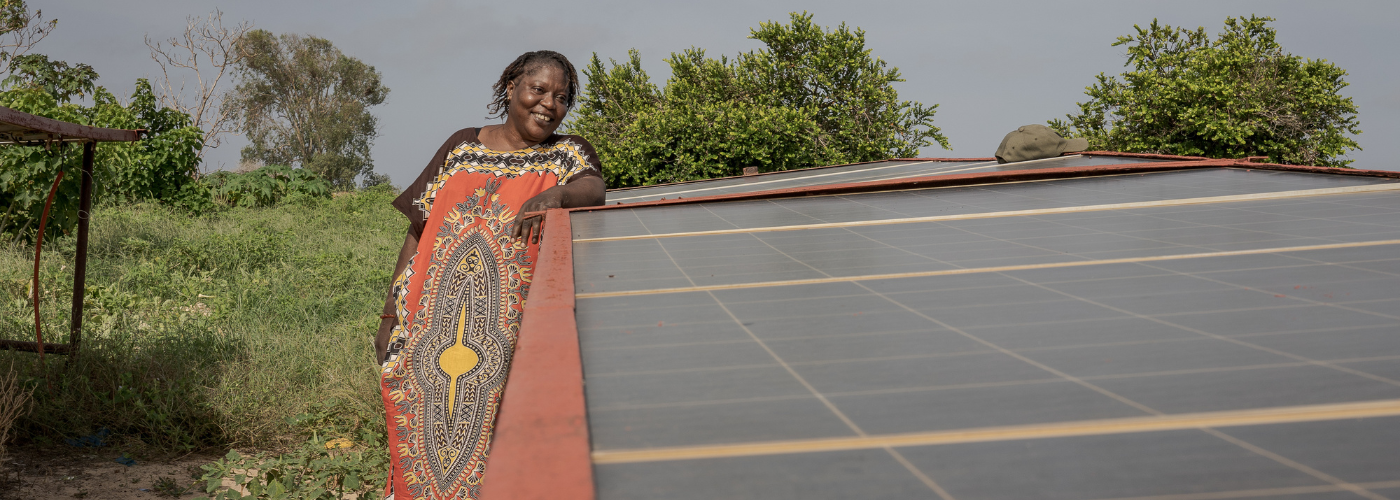
Follow us on: